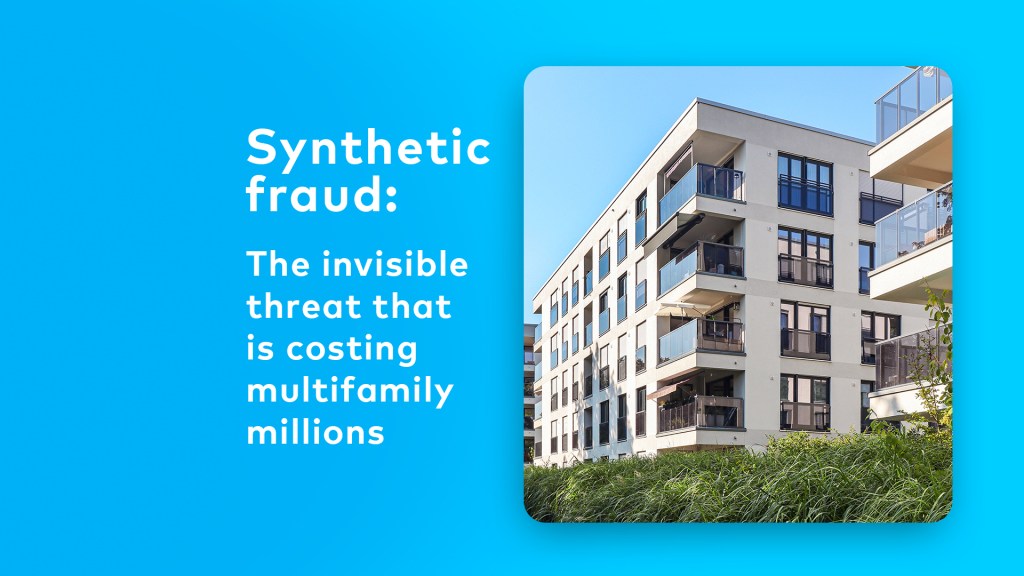By Joel Nelson on May 12, 2022 in News
As workers migrate back to their offices, they’ll enter an environment that’s dramatically more accepting of nontraditional working arrangements than before the pandemic. Most industry observers agree that openness to flexible work arrangements among employers will be the norm.
A survey by video messaging platform Loom that found that 90% of workers and managers are happier with the increased freedom they now have to work from home. LinkedIn reports that 1 in 67 U.S. jobs offered a remote work option in March 2020; today, that number is about 1 in 7.

Here are a few of the trends workers might encounter when – or if – they return to the office:
- Hybrid here to stay. Harvard Business Review reported in January that more than 90% of employers plan to adopt a hybrid working model in 2022. “In the U.S., employees expect flexibility within their job as much as they expect a 401(k). Employers that don’t offer flexibility will see increased turnover as employees move to roles that offer a value proposition that better aligns with their desires,” according to HBR contributors Brian Kropp and Emily Rose McRae of the Gartner HR Practice. “There’s no one-size-fits-all approach: Experiment with ‘Team Tuesdays’ or in-person office hours between 12 p.m. and 2 p.m., two days a week. Consider quarterly off-sites that bring far-flung teammates together regularly,” suggests Microsoft in its Work Trend Index 2022 survey report.
- Growth in AI and automation. The World Economic Forum predicts that artificial intelligence and automation will spark the creation of 97 million new jobs by 2025. AI will affect many existing jobs as well, by automating managerial tasks such as approving expense reports and monitoring direct reports’ completion of tasks and letting workers focus on areas requiring creativity, imagination and high-level strategy. Research by Harvard Business Review suggests that up to 65% of a manager’s tasks could be automated by 2025. Other areas ripe for AI including retail store inventory planning and consumer demand, marketing campaigns and manufacturing equipment maintenance.
- Safety through tech. Safety and security features installed to limit the number of surfaces building occupants need to touch, such as automated light switches and voice recognition, are3 likely to outlast the pandemic.
- The metaverse frontier. Future meetings could happen in the “metaverse,” a network of 3D virtual worlds powered by leading social media and software giants like Facebook, Apple and Microsoft. “Leaders need to consider how emerging technologies like the metaverse and AI can augment collaboration and facilitate co-creation and creativity in a distributed work world,” according to Work Trend Index.
- Focus on skills over roles. Skills address solving problems as the key to driving innovation and success, whereas roles describe how individuals relate to an overall organizational structure. For workers, Forbes notes, “focusing on developing their skills, rather than further developing their abilities to carry out their role, leaves them better positioned to capitalize on new career opportunities.”
- Employee well-being at the forefront. Research by Harvard Business Review indicates that some employees responded to remote work by increasing physical activity and losing weight, while others became increasingly sedentary and gained weight. HBR predicts that organizations will adopt new well-being measures that capture the financial, mental and physical health of their employees to more accurately predict performance and retention. The challenge for employers, Forbes says, is “finding ways to do this that hit objectives without being overly intrusive or invasive of employees’ privacy and personal lives.”
- Fairness and equity as defining issues. According to a Harvard Business Review analysis of S&P 500 earnings calls, the frequency with which CEOs talk about issues of equity, fairness and inclusion on these calls has increased by 658% since 2018.
See how Yardi solutions and services facilitate business continuity, safety and productivity for remote work environments.


